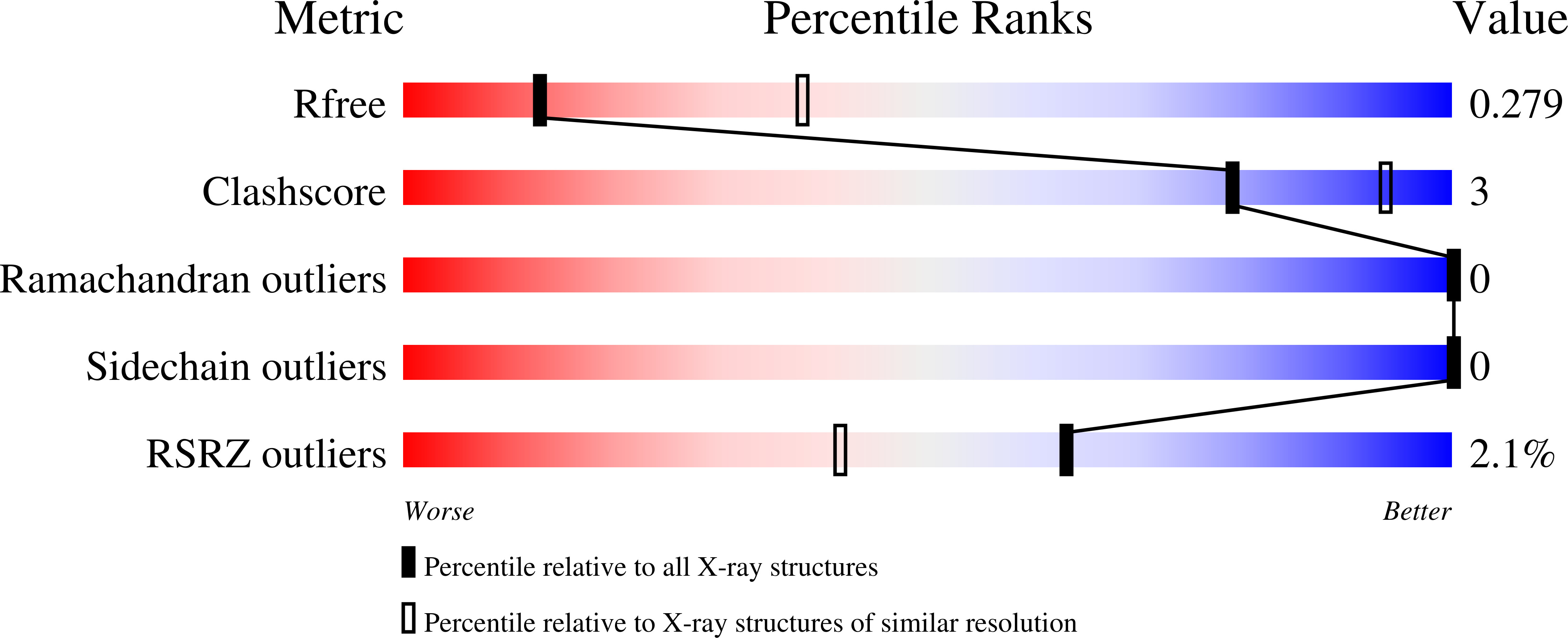
Deposition Date
2024-04-03
Release Date
2025-07-23
Last Version Date
2025-09-10
Entry Detail
PDB ID:
9EWE
Keywords:
Title:
DNA Polymerase Lambda I493K, E529D, Ca2+ Ground State Ternary Complex
Biological Source:
Source Organism:
Homo sapiens (Taxon ID: 9606)
Host Organism:
Method Details:
Experimental Method:
Resolution:
3.04 Å
R-Value Free:
0.27
R-Value Work:
0.24
R-Value Observed:
0.24
Space Group:
P 21 21 21


